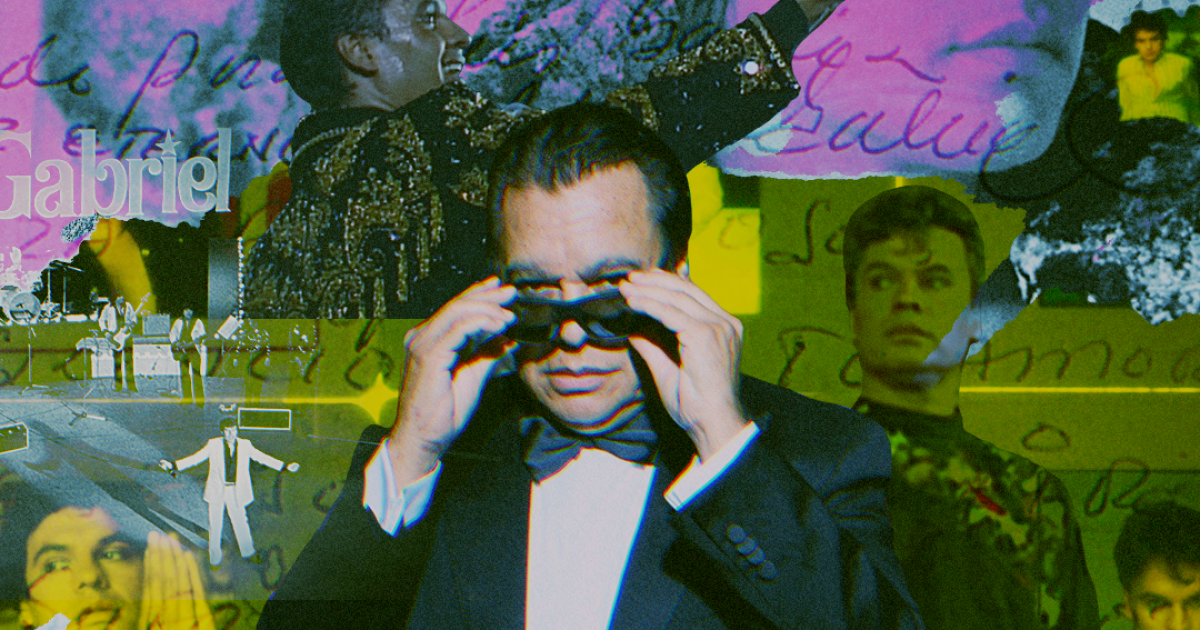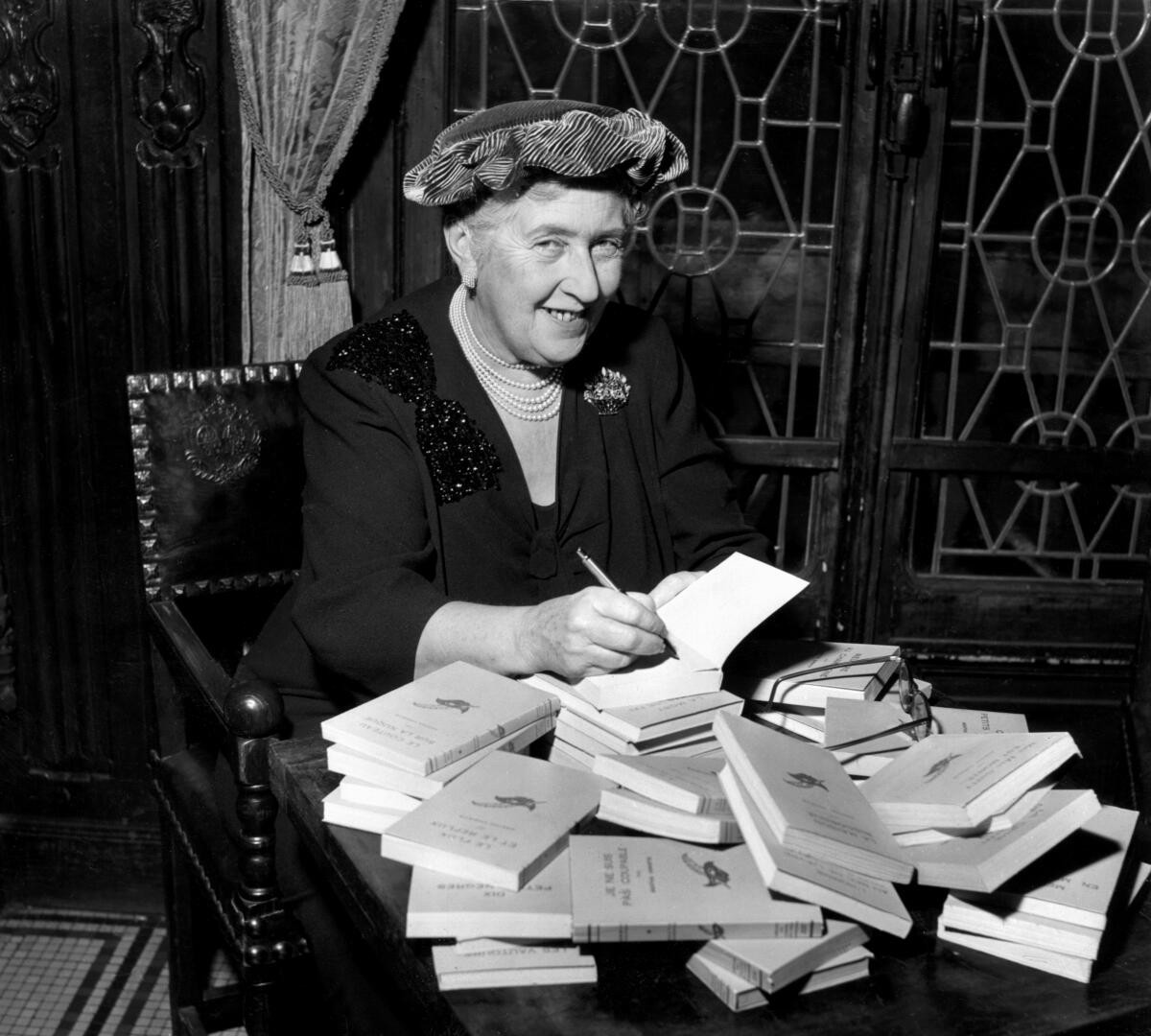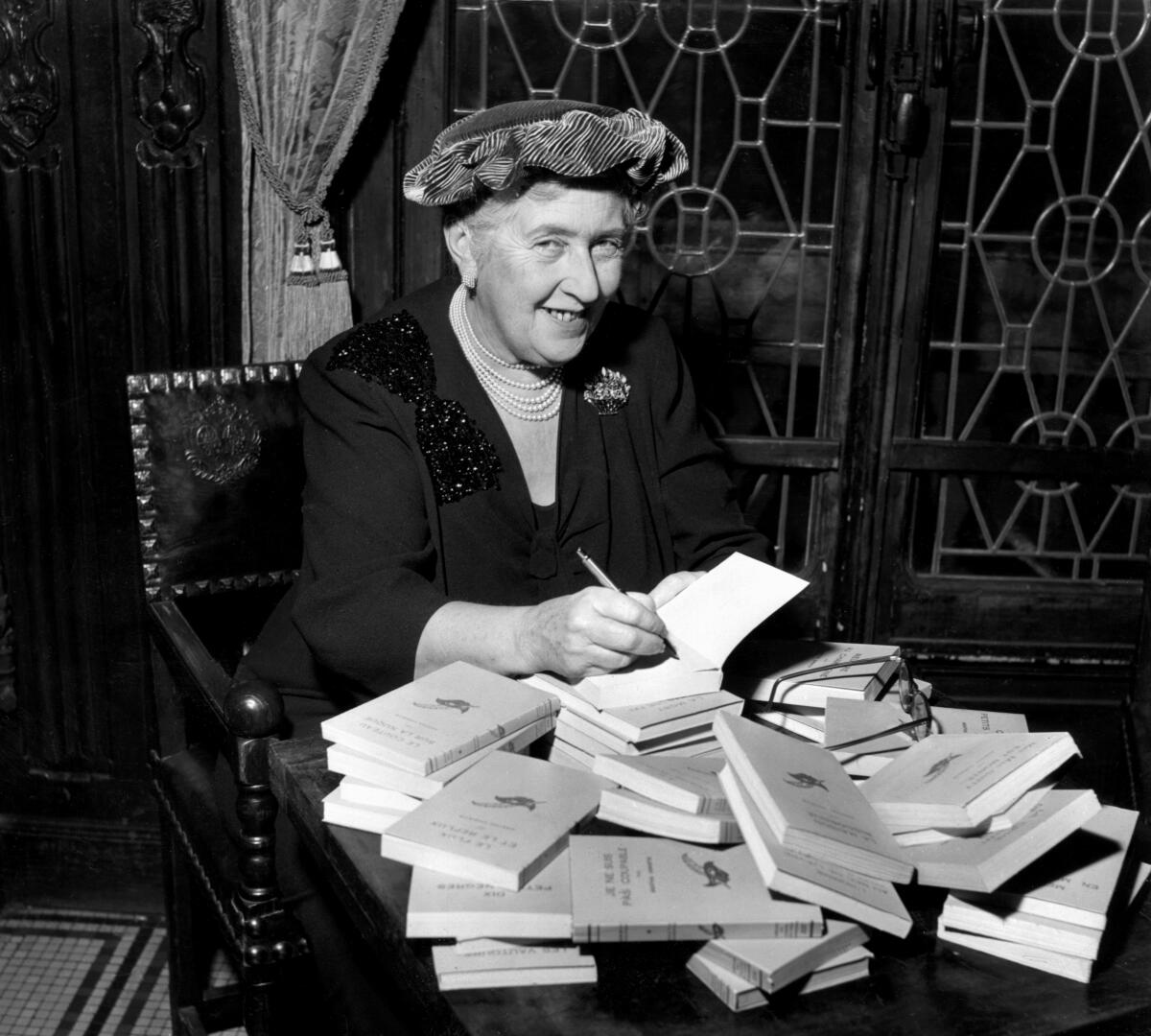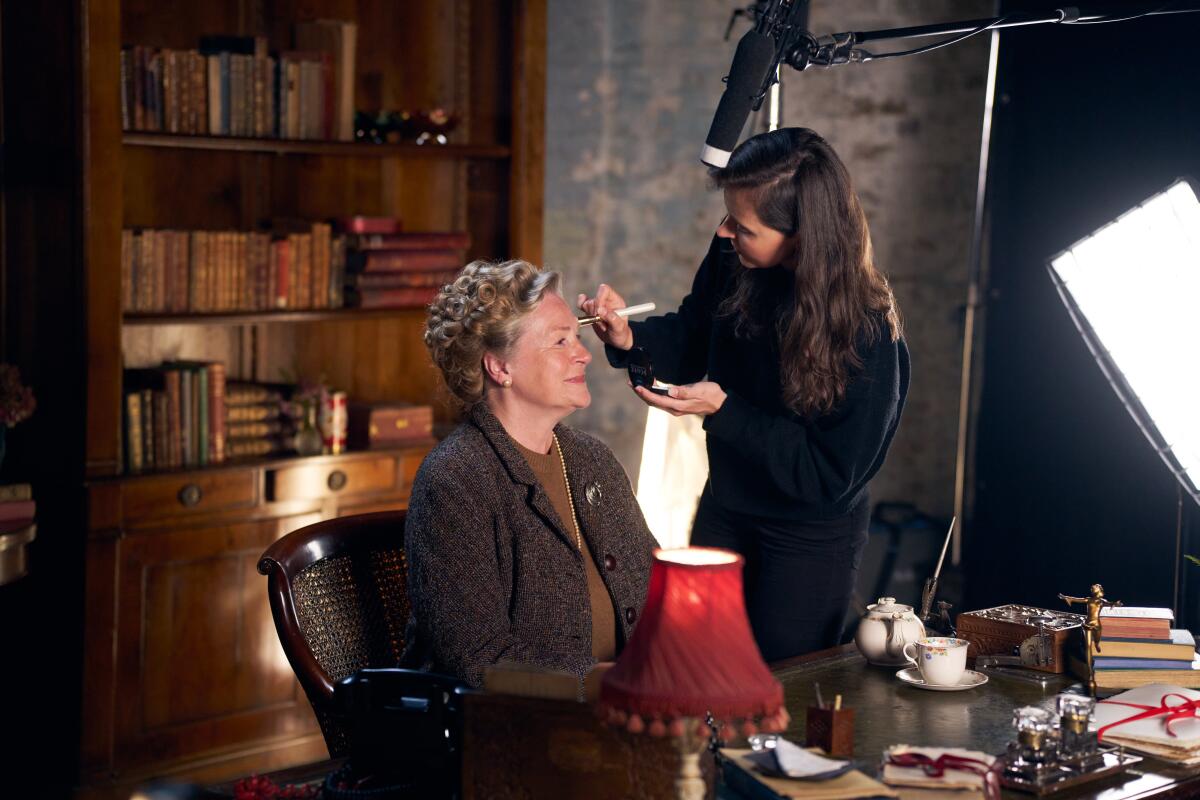Netflix ‘Juan Gabriel’ docuseries tells his story in his own words
For those who know of the spectacle that is Juan Gabriel there is no explanation necessary, for those who don’t, no explanation will suffice.
A new Netflix docuseries attempts to capture the magic of the frequently bedazzled genre- and gender-defying showmanship of “El Divo de Juárez,” who died at 66 of natural causes in 2016, while also investigating the internality of the man behind Gabriel — Alberto Aguilera Valadez.
Juan Gabriel was known for his epic stage performances, where he was often accompanied by an orchestra, dancers and dozens of mariachis dressed in tight jackets and sombreros, while belting out such hits as “Hasta Que Te Conocí,” “El Noa Noa” and “Amor Eterno.”
His colorful outfits and flamboyant dance moves drew speculation about his sexuality, but he famously preferred to remain coy on the issue and to this day remains a queer icon throughout the Latin American world.
“Juan Gabriel: I Must, I Can, I Will,” which premieres Oct. 30, utilizes a goldmine of hundreds of thousands of personal and never-before-seen voice recordings, photos and videos of one of Mexico’s most revered singer-songwriters, giving audiences a holistic look at the pain, joy, contradictions, artistry and genius that informed Gabriel’s worldview and perception of himself.
The project is director María José Cuevas’ second production with the streaming giant — her 2023 documentary feature “The Lady of Silence: The Mataviejitas Murders” recounted the story of famous Mexican serial killer Juana Barraza, who was sentenced to 759 years in prison for killing 16 elderly women and the suspected killing of dozens more.
Cuevas’ implementation of the juxtaposed duality of Juan Gabriel and Alberto Aguilera Valadez was inspired by his insistence that the two entities were distinct yet symbiotic, as was shown in a 2014 filmed self-interview the singer conducted.
“In order to understand the greatness of Juan Gabriel, I had to know Alberto. He always played with that duality,” she said. “From a very young age he would say in interviews that he invented Juan Gabriel to shield Alberto, he invented an idol in order to protect his private identity.”
In an interview with The Times, Cuevas spoke about her personal connection to the famed singer, the overwhelming archives she had access to and the ways in which Juan Gabriel united and continues to unite people to this day.
This interview was translated and edited for length.
What was your relationship to Juan Gabriel before taking on the task of directing this documentary?
I remember clearly turning on the TV [when I was young] and seeing video clips of Juan Gabriel with his red sweater and white jeans. I later had the opportunity to go to his first performance at the Palacios de Bellas Artes in 1990 with my parents. One is accustomed to going to Bellas Artes for opera, ballet, classical music and the concert began with that formal tone, but there reached a moment where audience members couldn’t keep up the facade of elegance and everyone let their hair down.
For me that moment was incredibly revelatory, I finally noticed that he was a whirlwind in every sense of the word. I didn’t realize at the time that I was present at a such an important cultural milestone. When I watched it in retrospect, from all the camera angles we were privy to for this documentary, I got goosebumps and I wish I could go back to being 18 years old and experience it with the intensity that I have for his music now.
I think that Juan Gabriel always transports us to something personal, but also to something collective. In Mexico, Juan Gabriel’s death was a very collective experience. You would go out into the street and you would hear his music in cars, the corner store, coming out of neighbors’ houses.
How did you gain access to the vast collection of archived materials that are present in the documentary?
That’s really the treasure of the project. Juan Gabriel’s story has already been told, but what makes this project unique is that it’s a story told by [the recordings and photos] he left behind. One of the first things he did after reaching success wasn’t just to buy his mom a house, but also to buy himself a Super 8 camera. From then on he picked up the habit of recording his everyday activities as Alberto Aguilera and later on he always had a camera following around as Juan Gabriel.
From our first meetings with Netflix, I figured we should ask Gabriel’s family if they had anything to share with us. I thought maybe it would be a photo album that was laying around, maybe a box of memorabilia or a few cassettes. So it was to our great surprises when they sent us over a photo of a warehouse with shelves full of every different kind of film. It was crazy. And that’s when I remembered that Juan Gabriel’s close friend and actor Isela Vega was helping him catalog all of his videography.
I never imagined that within those videos that we’d find the public persona of Juan Gabriel and the private persona of Alberto Aguilera. Another elucidating moment was that Juan Gabriel reached a moment where he became conscious of the level of his celebrity and that it wasn’t a coincidence that he recorded most of his life. And there reached a moment where I realized he saved all these recordings so that one day people could revisit all his saved materials and they could reconstruct his personal story through what he left behind.
There’s a moment in the documentary where we’re at one of his concerts and there are men of all orientations in the crowd that are asking JuanGa to marry them. That seemed particularly powerful to me because in that moment the veil of machismo seemed to fall.
Yeah, I think an important part of making this portrait of Juan Gabriel was understanding the context of Mexico in the ‘80s. It was very conservative, very machista and then all of a sudden this guy drops in with all this talent and charisma and he says, “Here I come, get out of the way because I’m gonna conquer everyone.” And that wasn’t so simple at that time. He showed his greatness at any and every stage he was put on. He was able to win over people in every social class in a very elitist Mexico. He won over everyone from the most macho man to women.
Even greater than the achievement that was his performance at Bellas Artes were his performances in palenques when he was young. Palenques being these circular stages where you can’t hide because you’re standing right in the middle of everything. And he would take the stage late at night when everyone was already drunk and they were audiences that were, in general, very machista.
Suddenly a very young Juan Gabriel would appear to perform rancheras. I always say he was a provocateur, but also a seducer because of his ability to win over a crowd. There were audiences that would yell derogatory things at him and that’s when he’d really play with the audience.
It feels almost impossible not to be moved by the music as you watch your documentary.
He’s really magnificent. I remember throughout the whole process of making the doc and I was watching the intimate home videos of Alberto Aguilera and it really reminded me that Juan Gabriel was a human like everyone else [not just this grand entertainer]. I’d put any concert of his and I was bowing at the altar of a star. It’s amazing what a powerful character he was up on that stage.
And how have you seen JuanGa’s legacy represent something very specific in the U.S.?
For Latinos in the U.S. he’s such an important figure because his work pulls people back to their roots. One of his greatest accomplishments as a performer was when he filled the Rose Bowl in 1993. In that moment he showed his influence and strength within the Latino world. He’s absolutely one of the key figures in Latin music.



